Bladder Pads vs. Period Pads: The Dry Facts
This post was reviewed by our Director of Clinical Excellence and Oversight.
If you’ve been experiencing a little (or a lot!) of leaking due to incontinence, it may be tempting to grab a maxi pad from the bathroom cabinet and hope for the best. After all, a pad is a pad, right? Could there really be that much difference between a bladder leak product meant to protect someone with incontinence and a menstrual pad to protect someone who has her period?
The answer is actually yes! As it turns out, there is quite a bit of science that has gone into creating both types of pads and what they are designed to do is different enough that they are not interchangeable. Let’s take a look at what makes bladder control products and period pads so different.
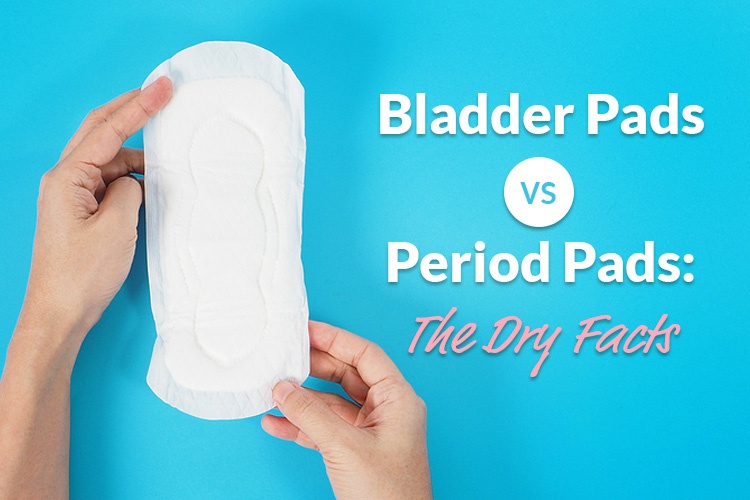
Pizza Pie vs. Apple Pie
Look at it this way: when you are in the mood for pizza, you would order a pizza pie from your favorite place. Depending on your taste, you might order your favorite pie topped with lots of veggies. Or maybe pepperoni is more your style. But when you are craving pizza, would you order an apple pie? Sure, both are technically pies, but that’s where the similarity ends.
The same goes for the types of pads that keep you dry and protected.
When you have a bladder lead problem like incontinence, using a maxi pad is like getting an apple pie when what you really want is pizza. That’s because while both bladder control pads and menstrual pads are types of pads, only one is made to deal with incontinence issues such as leaking urine. And whether you’re subject to an occasional drip when you laugh, or experience more serious incontinence, you’ll stay drier and worry less when you choose the right product for the job.
Pad vs. Pad: What’s the Difference?
There are several key differences between period pads and incontinence products. The first is absorbency. Menstrual blood leaves the body much more slowly than rapidly flowing urine. That’s why the pads you use to manage your period will likely not be able to quickly absorb enough for incontinence needs. In addition, some people find a period pad will bulk up on them (talk about uncomfortable!) when it’s used to collect leaking urine.
One reason bladder leak pads are so good at their job is that they’re made of “SAPs”, or super absorbent polymers. These groovy little fibers can increase the absorbency of a product by as much as 300%. That’s a lot more fluid than period pads can hold. This means fewer leaks, fewer embarrassing moments, and less worry.

Many Medicaid and Managed Medicaid programs cover incontinence and bladder leak products. Talk to the friendly team at Home Care Delivered about whether your plan covers the products you need to stay dry and confident!
Protecting Your Skin
Another difference has to do with skin protection. Bladder control products pull, or wick, moisture away from the skin to keep you dry and comfortable. The products neutralize the acid in urine, which is important because urine can cause an unpleasant skin rash if left alone. Also, skin that’s allowed to stay wet is more likely to become irritated.
And speaking of unpleasant, the other big advantage of bladder control products is that they fight odor. Some use a gel that actually turns the urine into a more solid substance.
Other incontinence pad pros:
- Because bladder pads are so absorbent, you can relax without worrying about embarrassing leaks, and feel more confident while you’re working, at social events, or traveling.
- Even though they’re quite absorbent, bladder control pads are impressively discreet. There’s no reason for anyone to know you’re wearing them.
- Some women choose menstrual pads because they think incontinence products are uncomfortable. Think again; today’s products have come a long way.

Tips about Drips
Hopefully we’ve convinced you that using a period pad isn’t the best way to stay dry and comfortable and avoid unpleasant odor if you’re leaking. But what if attaching a bladder control pad to your underwear with an adhesive strip isn’t enough? Not to worry. There are products for every need—and HCD has them all! Here are a few options.
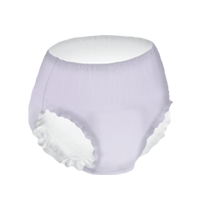
Protective underwear also known as pull-ons.
These disposable products are for moderate or medium output and provide more protection than a pad. They replace underwear and fit under your clothing.

Adult briefs or diapers.
These are another type of disposable product that provides even more protection and can handle both urine and fecal leaks. They are often used by people who are immobile or have heavy output.
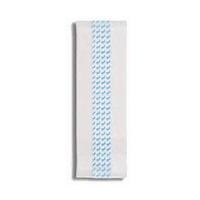
Booster pads.
These pads are designed to be used with another absorbent product, like pull-ons, for example, adding an additional layer of protection.
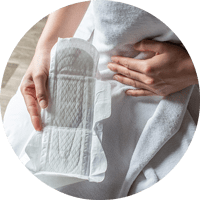
Though it’s tempting to just grab a maxi pad from the bathroom cabinet to deal with a leaking issue, the safer, smarter choice is a product designed for incontinence.
HCD Is Your Pad Partner
At Home Care Delivered, we understand that you may feel uncomfortable loading up your cart with incontinence pads and heading to the checkout line at your local store. That’s why we’ve mastered the fine art of discreet, to-your-door delivery. Not only does home delivery save you possible embarrassment, it also saves you time and gas!
Whether you’re looking for leak support during the day, more protection overnight, or are not quite sure what you need, our care team can help. Our customer service team is specially trained to ask the right questions that will allow them to match you to the right product, the right fit, and the right absorbency level. Plus, we’ve got the brand names you trust with a wide variety of products to meet your needs. We even work with your doctor and insurance provider and handle the paperwork for you.
Incontinence can be a challenge, but HCD is here to help you stay dry, confident, and in control. One thing to note is that HCD is not a retailer of incontinence products. We only supply them through a person’s insurance coverage. Unfortunately, at this time, Medicare does not provide coverage for incontinence products, however if you have Medicaid or some private insurance coverage, HCD can help!
If you’d like, enter your phone number on the bottom left of the screen and one of our friendly team members will give you a call. Or, feel free to call us at 804-885-4101 and enroll today.
And remember—whether you’re buying a pad or a pie—the right product for your needs will make all the difference.

Get Incontinence Supplies Online With Medicaid
No Credit Card | Fast Delivery | 100% Discreet
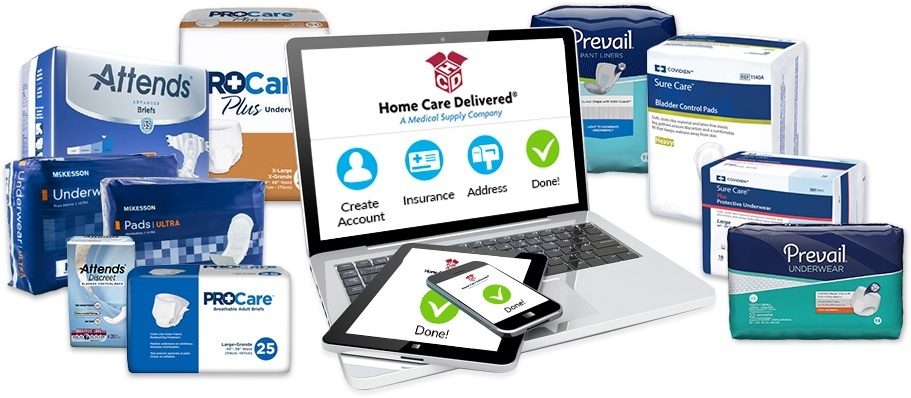
Disclaimer:
Unless otherwise noted, the recommendations in this document were obtained from the sources indicated. Be advised that information contained herein is intended to serve as a useful reference for informational purposes only. HCD cannot be held responsible for the continued accuracy of or for any errors or omissions in the information. All trademarks and registered trademarks are the property of their respective owners.
